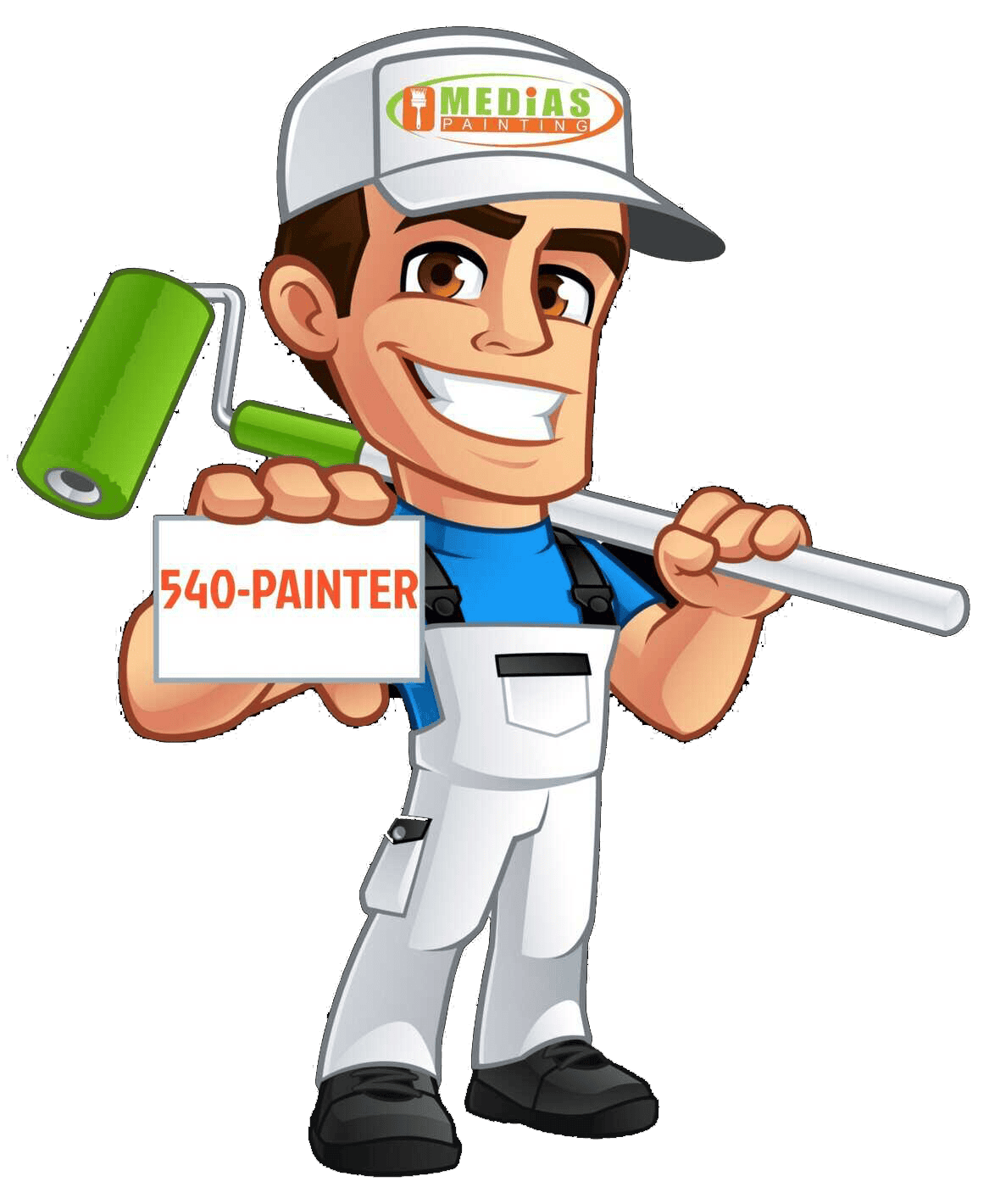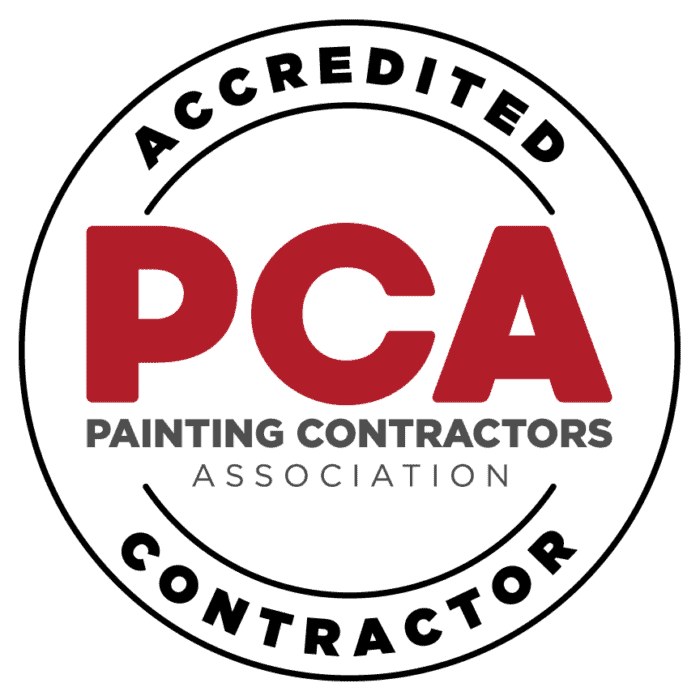You’ve received three painting quotes and they’re wildly different, not just in price, but in what’s included. One contractor mentions extensive prep work and hand scraping before exterior painting, while another promises a quick turnaround with just pressure washing. The debate over scraping vs pressure washing paint preparation has left you confused about what’s actually necessary for a quality paint job.
The truth is that scraping before exterior painting isn’t an optional upgrade; it’s the foundation that determines whether your paint job lasts three years or fifteen years. Without proper scraping, even premium paint will fail, leaving you with cracking, peeling, and an expensive redo much sooner than expected.
Key Takeaways
Why Paint Preparation Matters More Than Paint Quality
Most homeowners obsess over paint color and brand, but the long-term success of any exterior repaint comes down to one thing: surface preparation. Paint, no matter how premium, cannot bond to unstable surfaces. That’s why Sherwin-Williams, Benjamin Moore, and PPG all state in their warranties that loose or peeling paint must be removed before applying new coatings. This isn’t a loophole, it’s physics.
Professional painters know that preparation is 80% of the job. Painting is just the finishing step after the real work is done. And in Spotsylvania, where humidity, storms, and temperature swings are constant, proper prep determines whether your paint job lasts 10–12 years or fails in 2–3.
What Hand Scraping Really Means
Hand scraping before exterior painting removes all loose, peeling, or failing paint using manual tools such as carbide scrapers and putty knives. This creates smooth transitions between bare areas and intact paint so primer and topcoats can bond properly.
Scraping is not pressure washing, not sanding, and not chemical stripping. It’s the only preparation method that physically removes failing paint layers.
What the process includes:
Tools typically used:
Scraping does not mean stripping the entire house to bare wood unless specifically requested. It’s one step in the full preparation system: wash, dry, scrape, sand, prime, and paint.
Homes built before 1978 must follow EPA RRP (Renovation, Repair, and Painting) lead-safe rules to prevent contamination.
Advantage 1: Maximum Paint Adhesion
Scraping removes the single biggest obstacle to adhesion: unstable paint. When new paint goes over peeling surfaces, it bonds to the failing layer, not the substrate. As soon as the old paint lifts, the new coat comes off with it.
Good adhesion requires:
-
A clean, stable substrate
-
Smooth transitions
-
No loose flakes or scaling
-
Proper primer contact
Skipping scraping often results in peeling within 1–2 years, regardless of paint brand. In Spotsylvania, where humidity and quick seasonal swings constantly expand and contract exterior surfaces, adhesion becomes even more critical.
Advantage 2: A Much Longer Paint Job Lifespan
The lifespan difference is dramatic:
-
No scraping: 3–5 years
-
Moderate scraping: 6–8 years
-
Full professional prep: 10–12+ years
Because the surface is stable and properly bonded, coatings last significantly longer. Over 20 years, homeowners who choose proper prep typically save thousands by avoiding multiple repaint cycles.
Longevity also means fewer disruptions, less scaffolding, less setup, and fewer days with crews around your home.
Advantage 3: Professional-Quality Results
Even the best paint will highlight flaws underneath. Without scraping, new paint sits over ridges, cracks, and lifted edges, creating a wavy, unprofessional finish.
Scraping improves:
-
Surface smoothness
-
Uniform sheen
-
Paint flow and coverage
-
Final appearance and durability
Feathering one of the most important scraping steps creates gradual transitions between old and new paint, so the final result looks clean and even.
Advantage 4: Early Detection of Hidden Damage
Peeling paint often hides underlying issues. When surfaces are scraped, problems become visible and repairable before they escalate.
Common findings during scraping:
-
Rotted wood
-
Failed caulking
-
Water intrusion
-
Insect damage
-
Structural weakness
Fixing these issues during the painting process is significantly cheaper than repairing them after the paint is applied.
Advantage 5: Compliance with Paint Manufacturer Warranties
Sherwin-Williams, Benjamin Moore, and PPG all require removal of peeling paint as part of warranty eligibility. Skipping this step voids coverage entirely.
Professional contractors also follow PDCA (Painting & Decorating Contractors of America) prep standards, which always include scraping where needed.
Insurance carriers may also limit coverage when premature failure is linked to poor prep, making proper scraping a form of risk protection.
Advantage 6: Real Long-Term Cost Savings
Hand scraping raises initial project cost because it requires labor and time. But it dramatically reduces repaint frequency.
A typical 2,500 sq. ft. home may need repainting every 4 years without scraping, versus every 12 years with proper prep. Over two decades, that difference often equals tens of thousands of dollars saved — not including increased property value.
How Scraping Fits with Other Prep Methods
Scraping alone isn’t enough. It works alongside washing, sanding, priming, and caulking. But no other method can replace scraping for removing loose paint.
The typical professional sequence:
This system ensures the finish lasts as long as possible.
What Professional Scraping Should Look Like
A reputable contractor follows a clear process:
-
Full surface evaluation
-
Lead-safe containment (if applicable)
-
Systematic scraping on all elevations
-
Feathering transitions
-
HEPA cleanup and proper debris disposal
Professionals explain these steps during the estimate. If a contractor suggests that pressure washing alone is “good enough,” that’s a red flag.
Want a look behind the scenes?
Check out this behind-the-scenes look at smart painters behind the scenes and their systematic approach to quality results. (kept exactly as provided)
Common Concerns (and Accurate Answers)
“Scraping takes too long.”
It does take time, but skipping it shortens the paint job’s life by 60–70%.
“Pressure washing should do the same thing.”
It doesn’t. Washing cleans. Scraping removes peeling paint.
“Can’t sanding replace scraping?”
No. Sanding smooths after removal. It cannot remove large flakes on its own.
“Will scraping damage the wood?”
Not when done correctly. Professional scrapers use controlled pressure and the correct tools.
Lead-Safe Requirements for Pre-1978 Homes
If your home may contain lead paint, the federal EPA RRP rules apply. Contractors must:
-
Be EPA-certified
-
Use dust containment
-
Use HEPA vacuums
-
Follow safe disposal rules
-
Protect the surrounding environment
DIY scraping on older homes is possible, but compliance with these rules makes professional help the safer choice.
Making the Best Choice for Your Exterior Painting Project
Scraping before exterior painting is the single most important factor in achieving durable, long-lasting results. It protects your investment, extends coating lifespan, ensures warranty compliance, and reduces long-term spending.
Transform Your Home with Proper Prep and Professional Exterior Painting
Preparation, not paint brand, is what determines success. Our team serving Spotsylvania never skips scraping before exterior painting. Every project includes thorough prep, high-performance primers, and top-tier finishes designed to last 10–12+ years.
Don’t settle for shortcuts that cost more in the long run. We deliver exterior paint systems built for longevity, beauty, and protection.
Your home deserves preparation that lasts.







